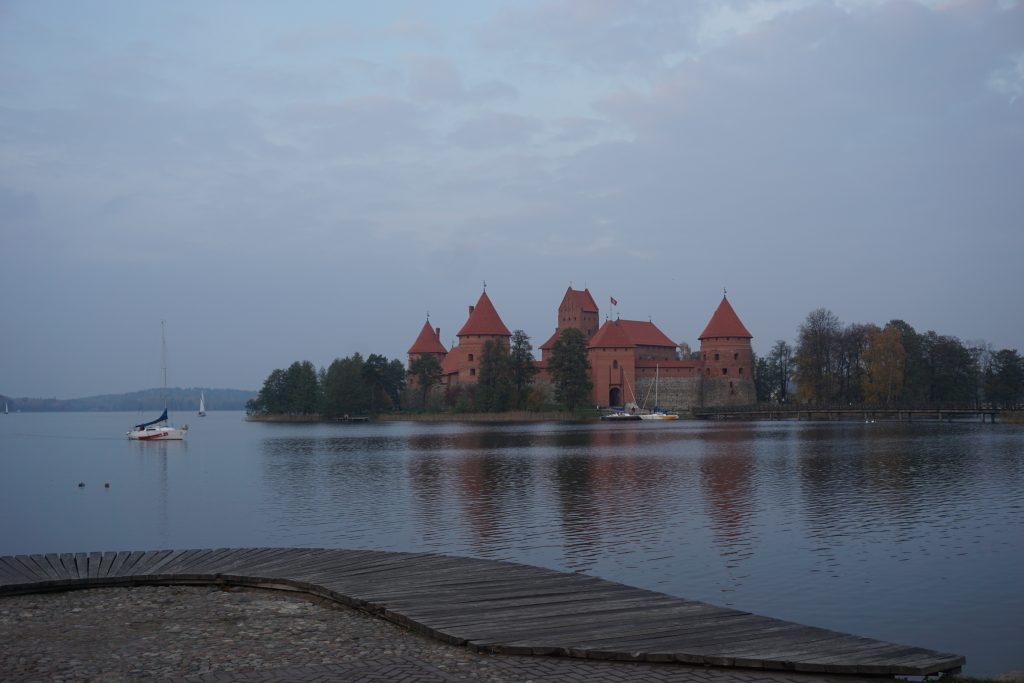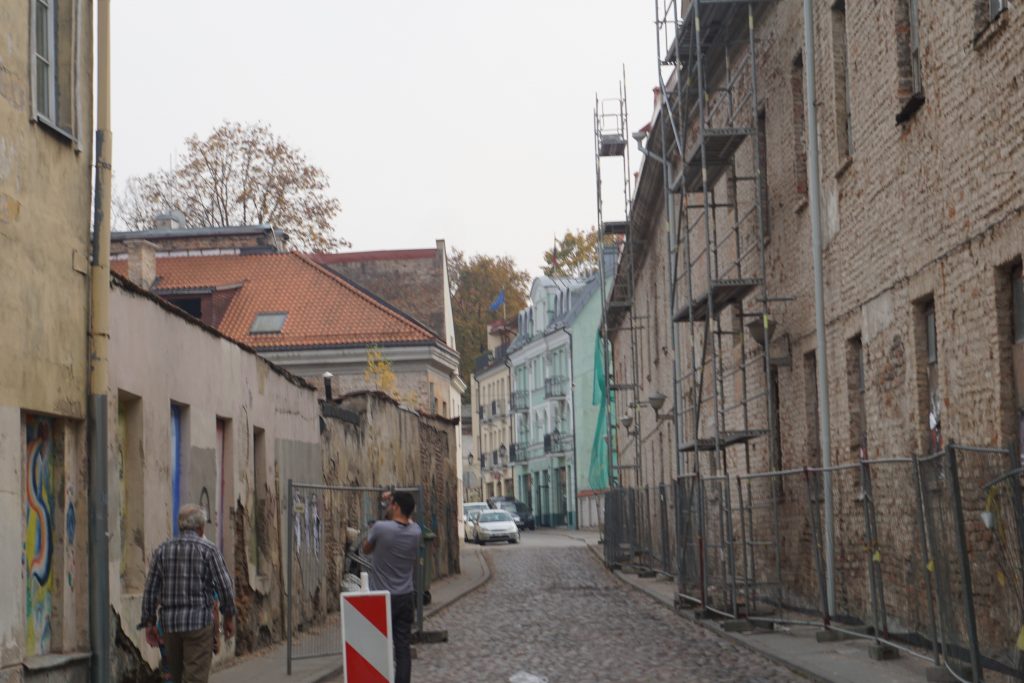Lithuania: A Few Autumn Days
Most meaningful experience:Discovering my own heritage and the meaning behind my “Lithuanian eyes”. In 2018, I found out I was 50% Lithuanian through a 23andme test.
Top tips:
– Walk up to the Gediminas’ Tower to take in the views across Vilnius’ UNESCO-listed Old Town.
– Make a day trip to the former capital at Trakai to explore its island castle.
– Chat with the friendly locals to learn more about Lithuania’s past and their future aspirations.
Born and raised in Lithuania, my grandfather survived four years of World War I before making it to the United States. Here he ended up in Ohio working the steel mills and raising a small family. I was proud to have Lithuanian blood and was interested to learn more about my roots on a trip to the capital, Vilnius.
Lithuania has fought against both the Germans and the Soviets throughout the last century, losing around 1/3 of their population in the process. After 45 years of Soviet rule, they declared their independence in 1990, only for the Soviets to try and overthrow the elected government the following year in what’s become known as the January Events. Two months later, 90% of the country voted for complete independence, rejecting a Soviet coup to become a sovereign state.
I arrived in Lithuania during an Indian summer, with the changing fall leaves the most beautiful I have ever seen. The entire city of Vilnius was blanketed in orange, yellow and red, with the River Neris snaking its way between. Vilnius centers around a charming UNESCO-listed Old Town that is steeped in Jewish history, with Napoleon describing it as the “Jerusalem of the North” when he visited in 1812.
The Vilnius Castle perches in the far west of the city, just before the river makes its turn, while to the east stands the distinctive red church of St. Annes, which is decorated with handmade ornaments and crosses. A short walk up to the Gediminas’ Tower offers sweeping views of the city, with the baroque architecture of the Church of St. Casimir and St. Peter and Paul’s Church nestled below.
I also visited the impressive Gate of Dawn, which was built in the 16th century as part of the city’s fortifications, then made the 30-minute drive from Vilnius to the old capital of Trakai. It centers around a 14th-century fortress in the middle of Lake Galve and is well worth the trip, with a fine history museum where artifacts and traditional crafts are exhibited.
No trip of mine would be complete without a little bit of business, with my visit to Vilnius coinciding with a big technology and games conference – SV2balkans. The city is home to a large university with a growing number of computer scientists and this has translated into an exciting startup scene involving around 1% of the population. It’s also home to several large companies with development facilities, including Unity, IBM and Oracle. Lithuania is also a country of artisans and craftsman, home to jewelry designers and the amber stone, which are shipped up to Estonia to be sold throughout the region.
While exploring Vilnius and chatting with the locals, I remembered that my family had told me that I had “Lithuanian eyes”. I never knew what that meant until arriving in the country and seeing that people had beautiful blue-ish green eyes with a yellow ring around the middle. Some were also different shades of light blue with red rings. It was fascinating!
Despite their tumultuous past, Lithuanians are proud of their history and the country they have built today. One gets the sense that they are confident in their views while at the same time being humble people. I found them to be friendly and open (more so than the Estonians) and was grateful that they were happy to share their family stories and heritage with me.




